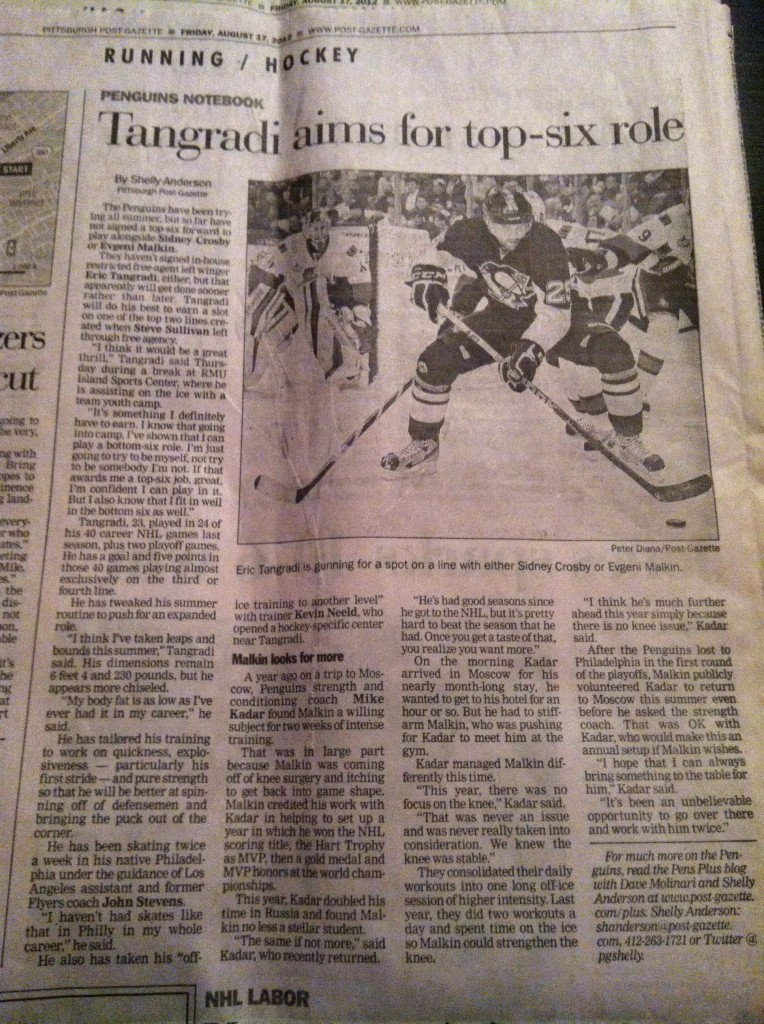As has been the theme this Summer, the last several weeks have been exceptionally busy. I was in Blaine, MN for 10 days with the US Women’s National Team, which was an awesome experience. Anthony Donskov and Sarah Cahill were out there with me, both of which are awesome coaches that I always learn a lot from. The three of us have become affectionately known as “The Unit”. While I was out there, Sarah and I had an opportunity to meet and talk shop with Mike T Nelson and Cal Dietz (separately), which was great. I binge read Cal’s 350+ page book over the weekend so I’ll share some of the things I learned in the near future.

The Unit Locker
As a quick aside, last night I confirmed that I’ll be speaking at the USA Hockey Level 4 Clinic in New Jersey in a couple weeks. Let me know if you’ll be there!
Last night I also worked with David Lasnier to test the U-18 team we work with. It was interesting to see how all of their hard work paid off over the Summer. The team tested exceptionally well, but some of the highlights included the goalie knocking out 17 chin-ups (perfect form; team average was over 10), and one of the players doing DB Reverse Lunges w/ 90lb dumbbells for 20 on each leg, at which point I stopped him. Unfortunately, 90s were the heaviest dumbbells we had at the rink so that was where the majority of the team rep-tested (intended to do a 5-RM). Overall I was really impressed, and am looking forward to how the two U-16 teams do over the next couple of weeks and how everyone does with the few on-ice tests we’ll be doing soon.
Rotational Power Training
I’ve written in the past about the role that off-ice rotational power development plays in improving shooting power and other aspects of hockey performance. Today I just wanted to post a video of one of my favorite exercises: Side Standing Rotational Med Ball Shotput with Rapid Cross-Under and Partner Pass
There’s a lot to take in with this, but the idea is that it:
Aside from being a beast, I chose to gave Eric some press here to return the favor, as I found out early this week that my name ended up in the Pittsburgh Post-Gazette in an interview he did about his role with the Penguins next season.

Give this exercise a try and please post any questions you have about how or when to do it below!
To your success,
Kevin Neeld
P.S. Get an inside look at how I design year-round comprehensive hockey training programs here: Ultimate Hockey Training
Please enter your first name and email below to sign up for my FREE Athletic Development and Hockey Training Newsletter!